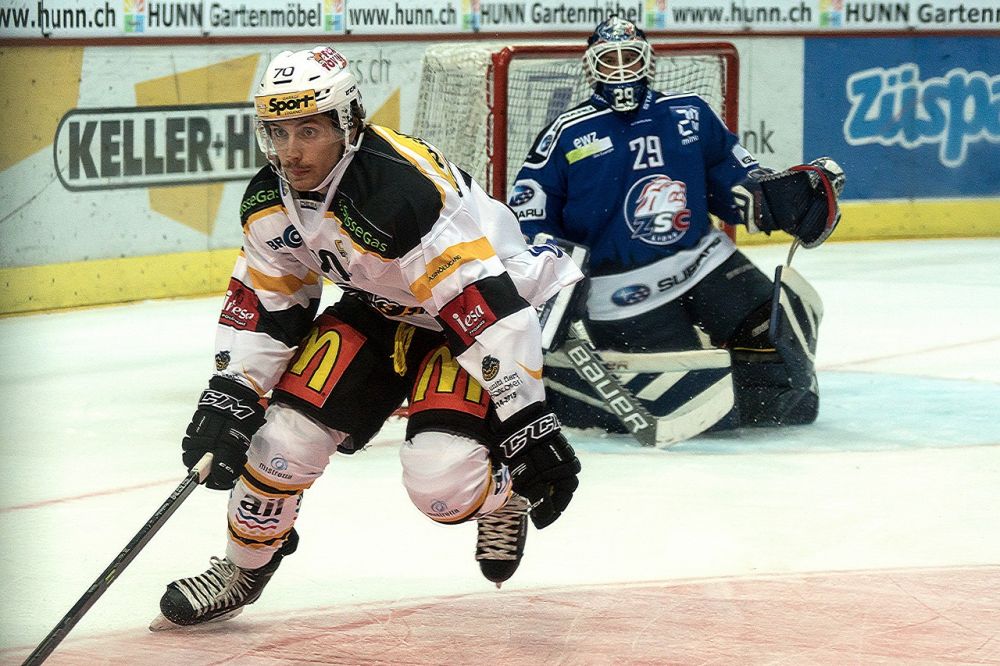Champions Hockey League: A Comprehensive Overview

Introduction:
The Champions Hockey League (CHL) is an international ice hockey tournament that features teams from various European countries. It was established in 2014 as a successor to the European Trophy, aiming to provide a high-quality competition between the top club teams in Europe. This article aims to provide a detailed overview of the Champions Hockey League, including its structure, popularity, and historical significance.
1. What is the Champions Hockey League?
The Champions Hockey League is a tournament that brings together the best ice hockey clubs from across Europe. It is organized by the International Ice Hockey Federation (IIHF) and the participating leagues from different countries. The CHL consists of multiple rounds, including qualification, group stage, playoffs, and the final. The teams compete for the title and a chance to be recognized as the top club team in Europe.
2. Types of Champions Hockey League:

The CHL comprises teams from various European leagues, including the Swedish Hockey League, the Finnish Liiga, the Swiss National League, and others. The tournament structure ensures a fair representation of teams from different countries, enhancing the competition’s international flavor. Popular clubs such as the Frölunda Indians, Helsinki Jokerit, and SC Bern have participated in multiple seasons, creating fierce rivalries and adding to the league’s appeal.
3. Quantitative measurements of the Champions Hockey League:
The CHL’s popularity can be measured by various quantitative factors. Statistics such as attendance, television viewership, and social media engagement provide insights into the league’s reach and fan base. For instance, average attendance figures across the tournament’s matches, comparing season to season, reflect the tournament’s growing interest among ice hockey enthusiasts. Similarly, viewership numbers and social media interactions help gauge the league’s overall popularity and impact within the hockey community.
4. Differences between Champions Hockey League editions:
Each edition of the Champions Hockey League presents its own unique elements and characteristics. One significant difference lies in the participation of teams from different leagues, which can vary from season to season as teams qualify based on their domestic league’s performance. This diversity contributes to varying playing styles, strategies, and team strengths, making each edition of the CHL exciting and unpredictable.
Another distinguishing factor between CHL editions is the tournament’s format. While the general structure remains consistent, organizers may introduce changes to improve competitiveness or enhance fan engagement. For example, alterations in the number of qualifying rounds, playoff formats, or scheduling modifications can add intrigue to the competition and impact teams’ strategies.
5. Historical Pros and Cons of the Champions Hockey League:
Over its relatively brief history, the Champions Hockey League has experienced both advantages and challenges. One advantage lies in providing a platform for European clubs to compete against each other regularly, fostering growth and development of the sport across the continent. The CHL has also given rising talents an opportunity to showcase their skills on an international stage.
However, some challenges have surfaced as well. Scheduling conflicts with domestic leagues have occasionally posed difficulties for teams and affected the availability of star players. Additionally, the format of the tournament has undergone iterations to strike a balance between competitive fairness and maintaining fan interest. Finding the right balance is an ongoing process to ensure the CHL remains attractive and captivating for both players and fans alike.
Conclusion:
The Champions Hockey League has emerged as Europe’s premier ice hockey competition, bringing together leading clubs from across the continent. Its unique format and diverse participation make for thrilling matchups and intense rivalries. The CHL has successfully established itself as a prestigious tournament, providing players and fans with memorable experiences and contributing to the growth of the sport in Europe. As the tournament continues to evolve, it will undoubtedly captivate ice hockey enthusiasts for years to come.
Sources:
– Champions Hockey League Official Website
– IIHF Official Website
– Various CHL seasons’ official reports and statistics





















